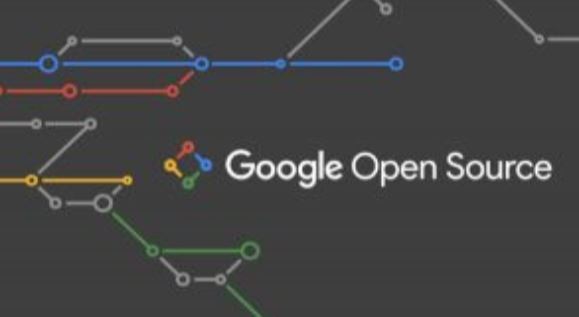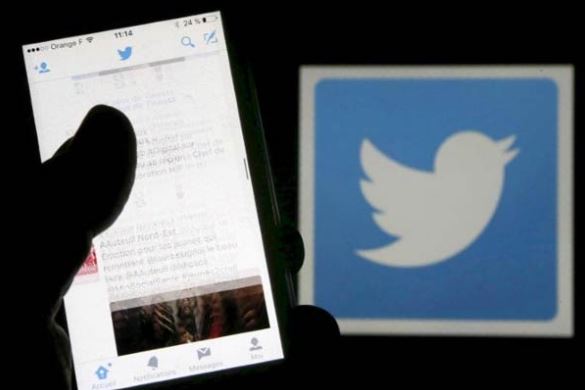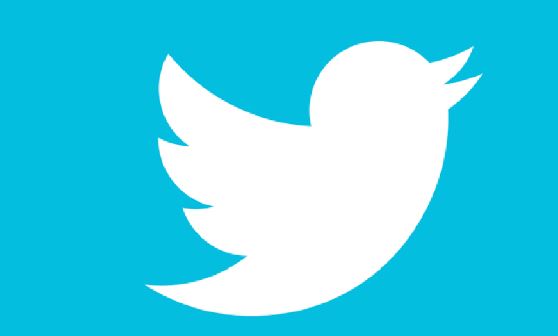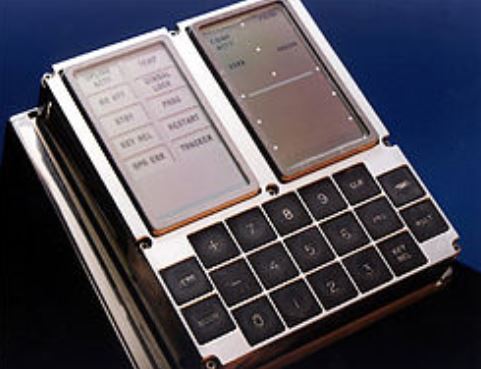New Delhi: Google has launched a new organisation focused on extending the philosophy and definition of open source to project trademarks. Called the 'Open Usage Commons', the organisation will aim to help open source projects assert and manage their project identity through programmes specific to trademark management and conformance testing.
Historically, it has been observed that many open source projects stumble in managing their trademarks -- their project's name and logo. "How project trademarks are used is different from how their code is used, as trademarks are a method of quality assurance," Chris DiBona, Director, Open Source at Google, said in a blog post this week.
This includes the assurance that the code in question has an open source license. When trademarks are properly managed, those maintaining the project can define their identity, provide assurances to downstream users of the quality of their offering, and give others in the community certainty about the free and fair use of the brand. "Creating a neutral, independent ownership for these trademarks gives contributors and consumers peace of mind regarding their use of project names in a fair and transparent way," DiBona said.





